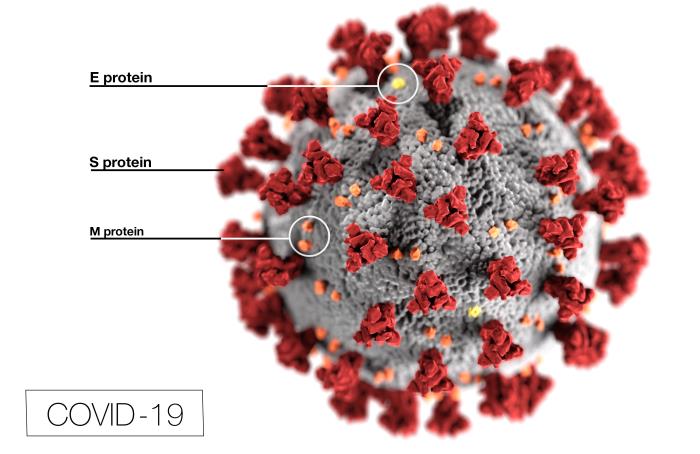CDC Manual Offers Advice on Crisis Comms

One thing we’ve learned from the COVID-19 pandemic is that the Centers for Disease Control and Prevention has a book called The CDC Field Epidemiology Manual that includes a chapter on communications. It contains some good reminders about best practices for communicating in a crisis.
An emphasis in the chapter is the uncertainty of a health emergency, especially early on, and how communications must evolve as the facts do (e.g., don’t wear masks, do wear masks). That’s true of your typical crisis. Navigating the rise and fall of incoming information is essential.
An important insight is that different audiences will hear information you communicate to them differently depending on how at risk they perceive themselves to be. That goes to the issue of knowing what your various audiences need to understand in a crisis.
The CDC enumerates four factors that determine how trusting and credible an audience will perceive a spokesperson (and messages) to be: empathy and caring, honesty and openness, dedication and commitment, and competence and expertise.
For example, the CDC quotes a patient communication from the Broward Health Medical Center in October 2009, when a lab was found to use contaminated equipment. “We realize that you turn to our medical facility to get better,” it said. “This event is intolerable to us as well, and we want to work with you to resolve the situation and ensure your safety and well-being.”
Roles, Responsibilities
A standard piece of crisis communications advice invoked is to determine early on what role and responsibilities each person on the team will have, especially who the spokespeople will be.
The manual gets granular on messaging, including deciding what talking points you need to emphasize. Ask yourself: “What do we want the headlines to be?” In fact, the CDC even has a fun name for the primary talking point: “the Single Overriding Health Communication Objective, or SOHCO (pronounced sock-O).” It advises to mention the SOHCO at the beginning and the end of any interview.
We learned about the CDC manual from an excellent New Yorker story by Charles Duhigg comparing and contrasting Seattle’s and New York City’s responses to the coronavirus pandemic.
If we order people to wear masks, then every CDC official must wear a mask in public.
— Former Acting CDC Director Dr. Richard Besser
One view of experts interviewed for that piece is that to inspire confidence the spokesperson for a health emergency should be a scientist, not a politician (for one thing, given the polarization of politics these days, half the intended audience wouldn’t listen to a political leader). That has been a major flaw in the COVID-19 response: too much talk from politicians, not enough from scientists — the exception being infectious-diseases expert Dr. Anthony Fauci.
Wear Masks
And the scientists-spokespeople should practice what they preach. “If we order people to wear masks, then every CDC official must wear a mask in public,” Duhigg quotes former Acting CDC Director Dr. Richard Besser.
Alas, we just got a negative demonstration of this on Tuesday, when Vice President Mike Pence refused to wear a mask while visiting the Mayo Clinic in Minnesota.
Wear a mask!
Image Credit: CDC
This is an abridged version of an article that appeared today on the CrisisResponsePro paid subscription portal. (CrisisResponsePro subscribers can access the full version by clicking here. ID and password are required.) To take advantage of all of the content, data, and collaborative resources CrisisResponsePro has to offer, contact us at info@crisisresponsepro.com.




 Back to Blog
Back to Blog